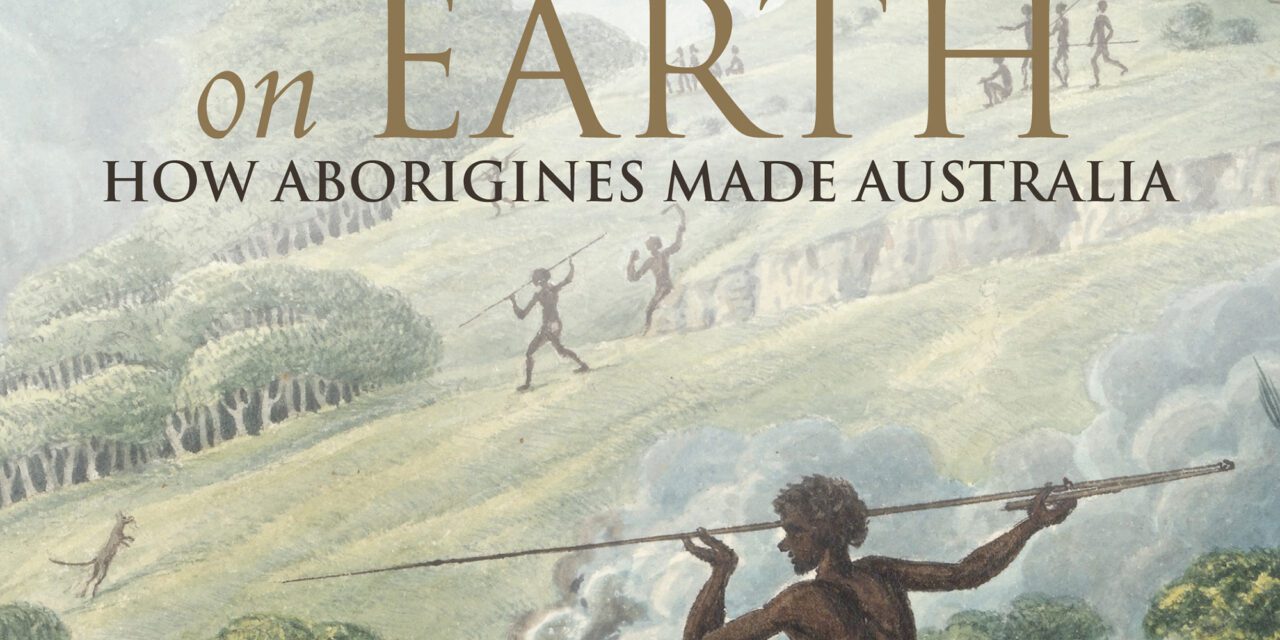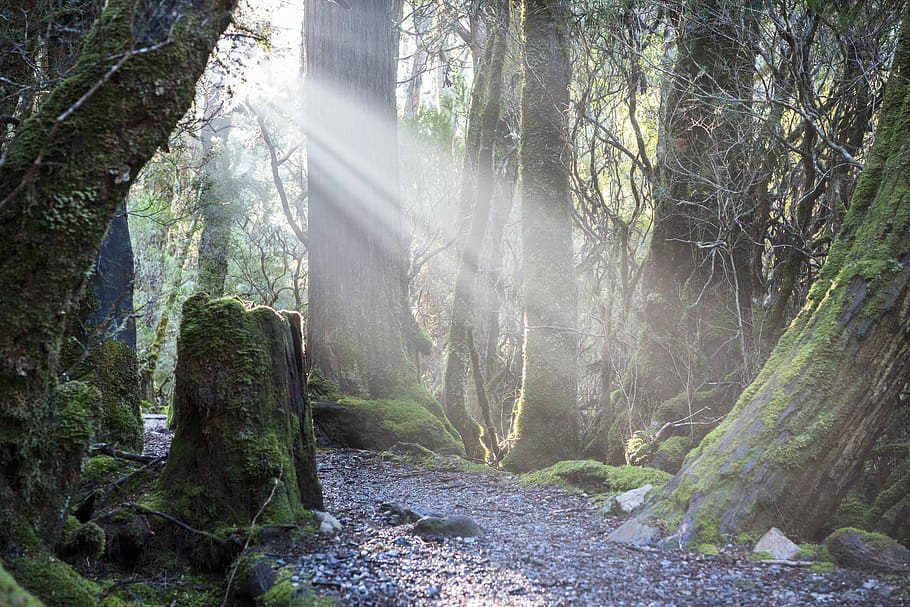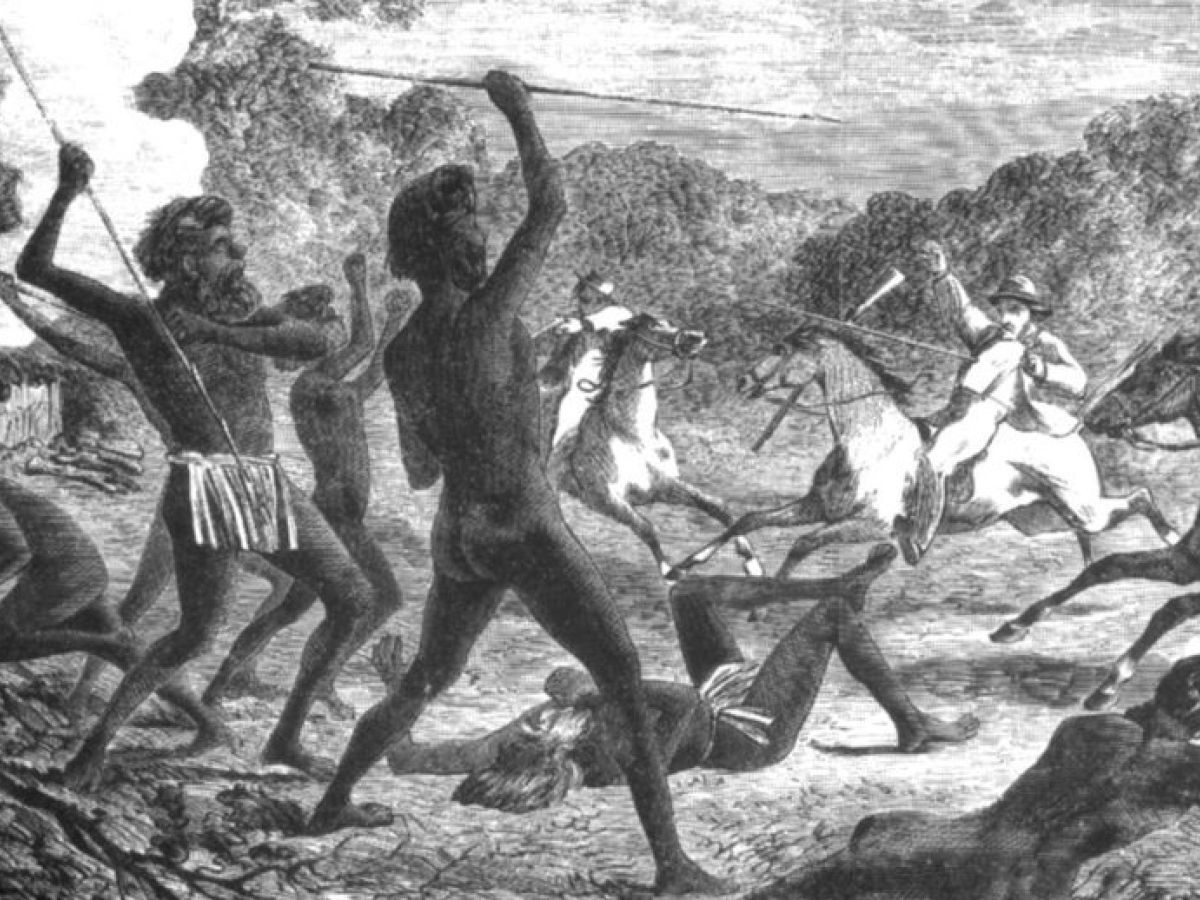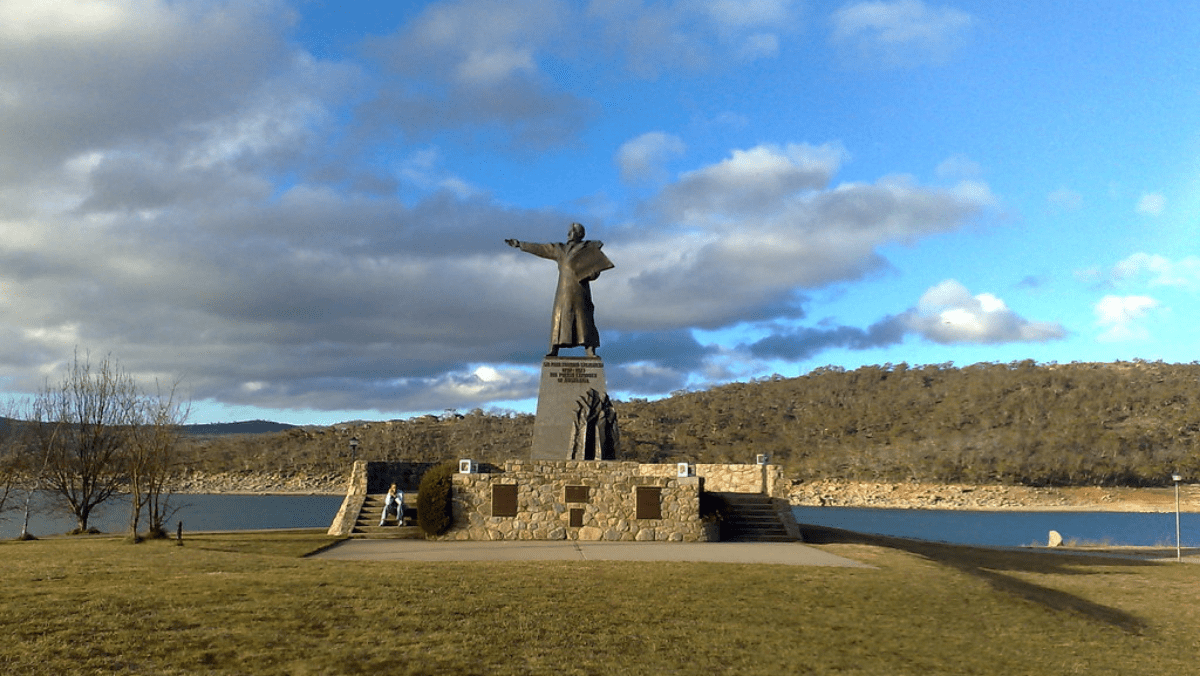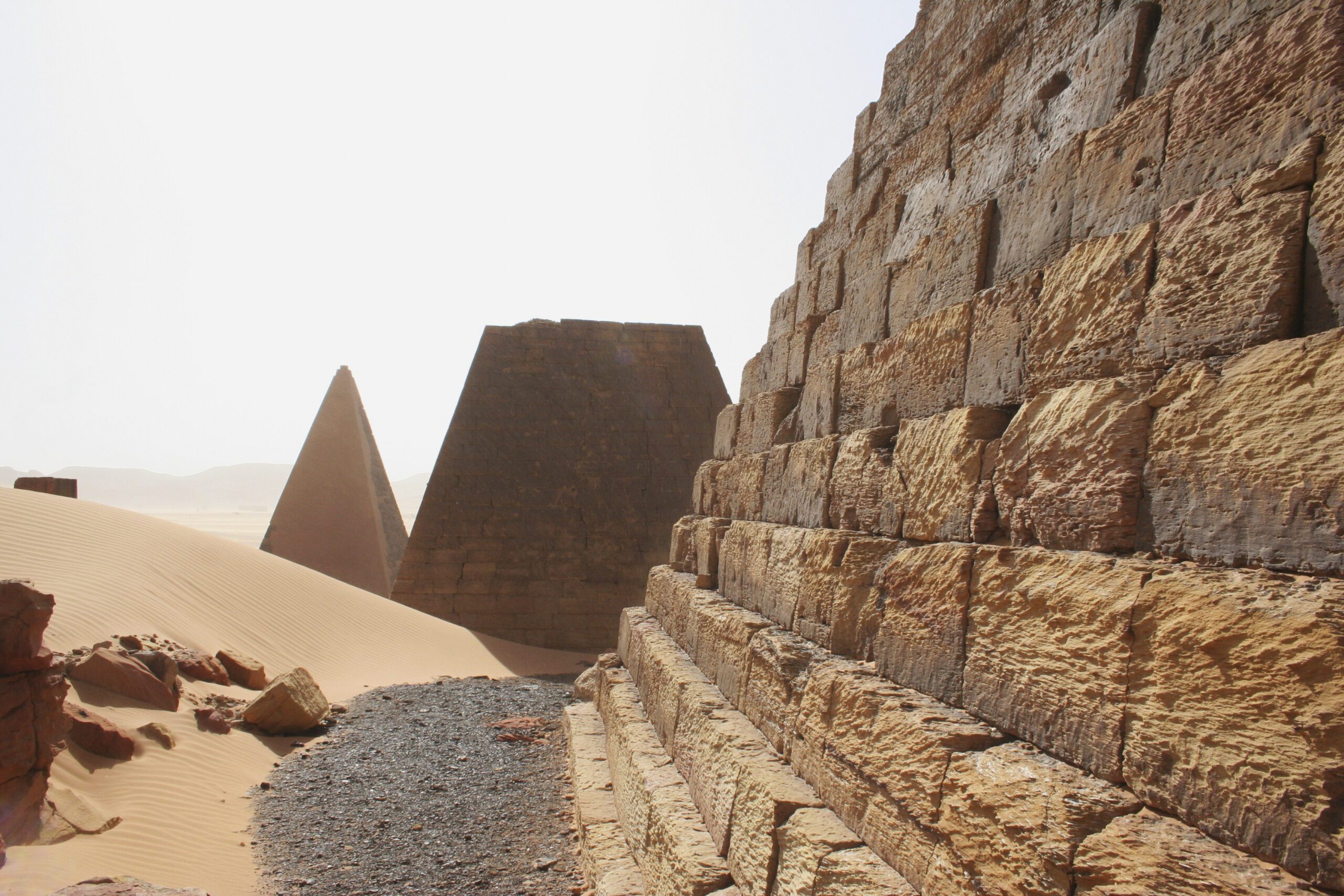THE BIGGEST ESTATE ON EARTH: HOW ABORIGINES MADE AUSTRALIA
Reading time: 5 minutes
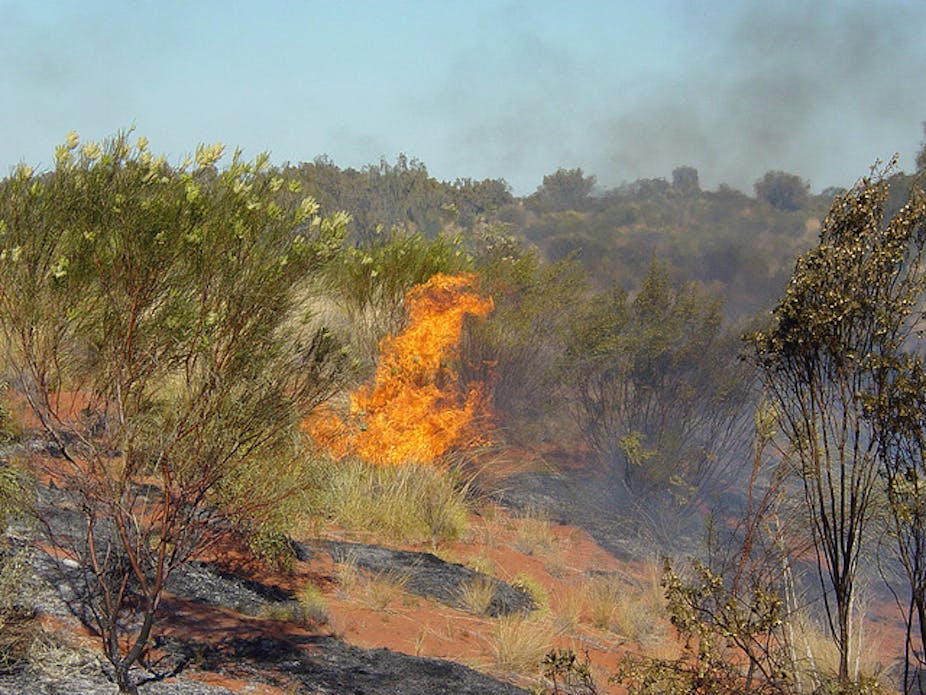
Aboriginal people worked hard to make plants and animals abundant, convenient and predictable.
By distributing plants and associating them in mosaics, then using these to lure and locate animals, Aborigines made Australia as it was in 1788, when Europeans arrived.
Where it suited they worked with the country, accepting or consolidating its character, but if it didn’t suit they changed the country, sometimes dramatically, with fire or no fire.
“No fire” because a conscious decision not to burn also regulates plants and animals. They judged equally what to burn and what not, when, how often, and how hot. They cleared undergrowth, and they put grass on good soil, clearings in dense and open forest, and tree or scrub clumps in grassland.A common management system can be recognised in enough dispersed places to say that the system was universal – that Australia was, as the title says, a single estate, and that in this sense Aborigines made Australia.
By Bill Gammage, Australian National University.
A history of observation
Observant travellers such as Edward Eyre, Ludwig Leichhardt and Thomas Mitchell reported what Rhys Jones later neatly called “fire-stick farming”: grass burnt in mosaics to reduce fuel and to bring on green pick to lure grazing animals.
From the late 1960s researchers like Duncan Merrilees, Ian Thomas and Eric Rolls revived this insight, and Sylvia Hallam showed conclusively that Aborigines managed southwest Australia intensively and systematically.
Ted Strehlow, Debbie Rose, Peter Sutton and others offered insights on Aboriginal belief and practice, especially in the centre and north where traditional management survives best.
I learnt too from seeing in the bush how plant responses to fire or no fire declared their history, and from how people like Alfred Howitt, Bill Jackson, Beth Gott, Peter Latz and Daphne Nash related this to Aboriginal management.
Building on these resources
Bushes and trees, as well as grass, were necessarily associated and distributed. Grass eaters seek shelter as well as feed, and feed-shelter associations (“templates”) must be carefully placed so as not to disrupt each other, as this would make target animals unpredictable and the system pointless.
Given how long eucalypts live, templates might take centuries to set up. Each needed several distinct fire regimes, continuously managed and integrated with neighbours, to maintain the necessary conditions for fire-stick farming.
This system could hardly have land boundaries. There could not be a place where it was practised, and next to it a place where it wasn’t. Australia was inevitably a single estate, albeit with many managers.
Two factors blended to entrench this, one ecological, the other religious. Ecologically, once you lay out country variably to suit all other species, you are committed to complex and long-term land management. Aboriginal religious philosophy explained and enforced this, chiefly via totems. All things were responsible for others of its totem and their habitats.
For example, emu people must care for emus and emu habitats, and emus must care for them. There was too a lesser but still strong responsibility to other totems and habitats, ensuring that all things were always under care.
Totems underwrote the ecological arrangement of Australia, creating an entire continent managed under the same Law for similar biodiverse purposes, no matter what the vegetation.
Despite vastly different plant communities, from spinifex to rainforest, from Tasmania to the Kimberleys, there were the same plant patterns – the same relationship between food or medicine plants and shelter plants.
Blinkered to the obvious
Why has it taken so long to see the obvious?
Put simply, farming peoples see differently. Like our draught horses, we wear the blinkers agriculture imposes. Australia is not like the northern Europe from which most early settlers came. Burn Australia’s perennials and they come back green; burn Europe’s annuals and they die.
Again, you can predictably lure and locate Australia’s animals because there were almost no predators, whereas Europe’s many predators scattered prey, so the notion of using fire to locate resources was foreign there.
But above all we don’t see because farmers don’t think like hunter-gatherers. For us “wilderness” lies just beyond our boundaries; for them wilderness does not exist. Fences on the ground make fences in the mind.
Until Europeans came, Australia had no wilderness, and no terra nullius.
Today, amid the wreck of what Aborigines made, there remain relics of their management. They depended not on chance, but on policy. They shaped Australia to ensure continuity, balance, abundance and predictability. All are now in doubt.
In the face of such doubt, so basic and so sweeping, can we really say we are managing our country? Can we really say we are Australian?
This article was originally published in The Conversation
Articles you may also be interested in
The text of this article is republished from The Conversation in accordance with their republishing policy and is licenced under a Creative Commons — Attribution/No derivatives license.

